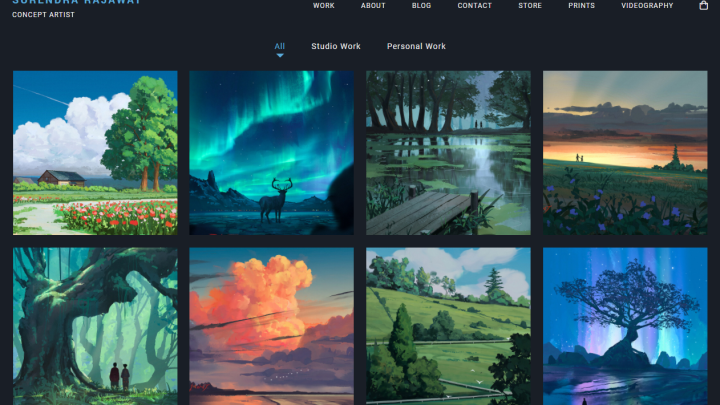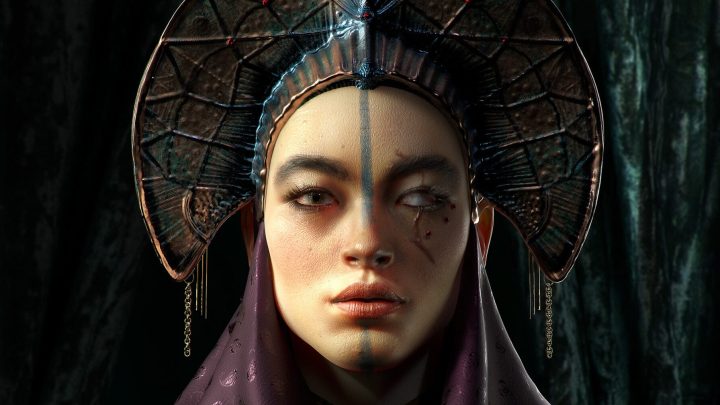New Workflow Turns ZBrush Sculpts into Animated Characters for Unreal Engine
Create, animate and automate Unreal Engine characters with the Reallusion Digital Human pipeline. See how master character artist Hossein Diba uses Character Creator to generate a real-time animatable digital human for live performance.
The demand for digital humans in cinematography and gaming has expanded dramatically with the rapid advancement of real-time 3D technology. More and more artists and developers dive in this fast growing market, and the balance of quality and speed-to-market become the key to success.
In the past, creating a character and making it animatable in Unreal Engine was extremely time consuming and it required a group of experts utilizing several tools in sculpting, texturing, retopologizing, rigging, and animating to build a final character. This is a common obstacle indie game developers or film studios will encounter at the very beginning stage of the project, and it’s also usually the main reason why they gave up from the start, or not being able to complete the project. Considering time, cost, and complexity; the previous method of creating characters seems to be a dead-end to most game and film studios in need of rapid solutions.
Real-time Revolution in Digital Character Creation
Reallusion, with a decade of experience in designing character generation and animation software, understands that excellent 3D character artists are usually not going further into complicated character rigging and timeline work; however artists have a painless path now to bring life to their characters and send the characters to leading game engines. Reallusion integrated GoZ in Character Creator (CC) to support round-trip editing with ZBrush from the start of the quad-faced and fully-rigged character base. ZBrush artists can take advantage of its versatile functions to create animation-friendly characters, and one-click to export them to Unreal Engine 4 without the pain of material assignment, facial control assignment, or skeletal retargeting.
Traditional Workflow v.s. Revolutionary Workflow
Let’s compare the difference between traditional workflow and the revolutionary workflow of Character Creator when it comes to making the ZBrush sculpts animated in Unreal Engine 4.
In the traditional workflow, several expert members are required to fulfill the pipeline, from conceptualizing a ZBrush character, mesh retopology, facial and body rig in Maya, animation editing in Maya/MotionBuilder, and then importing the final assets to Unreal Engine, not to mention the additional time for Unreal texture-shader assignment.
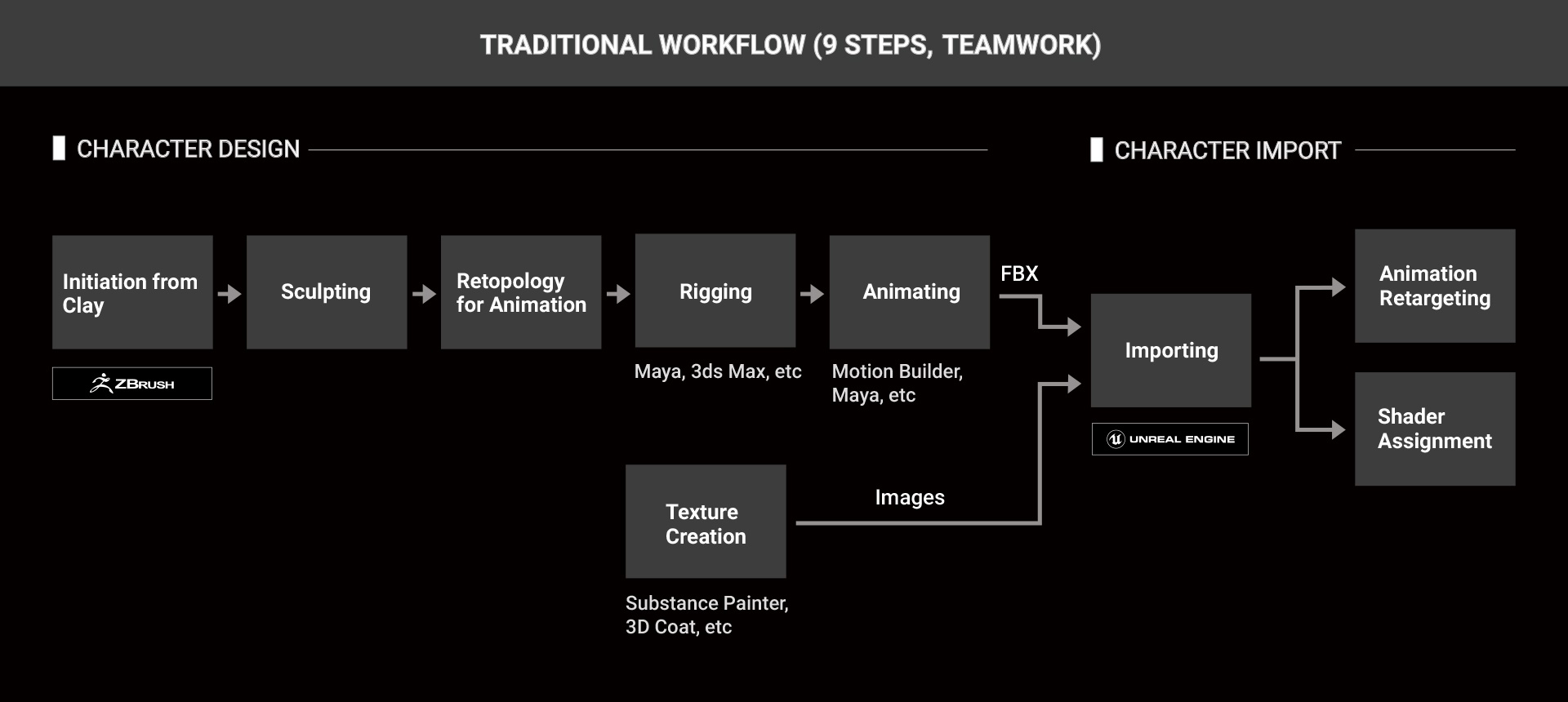
With the help of Character Creator, a 3D character artist alone can complete the whole character design to animation pipeline. By utilizing the CC character topology and applying GoZ, the change of the body shape will auto update to the rig, and sixty facial morphs and fifteen lip shapes are animation-ready for the new face.
CC/ZBrush designed characters are fully iClone compatible for live facial-and-body MoCap performance. Apart from FBX export, 3D artists can use iClone Unreal Live Link to one-click transfer characters to Unreal Engine with auto-assigned digital human shader. In addition, face, body, cameras and lights are able to be controlled in Unreal Engine via iClone.
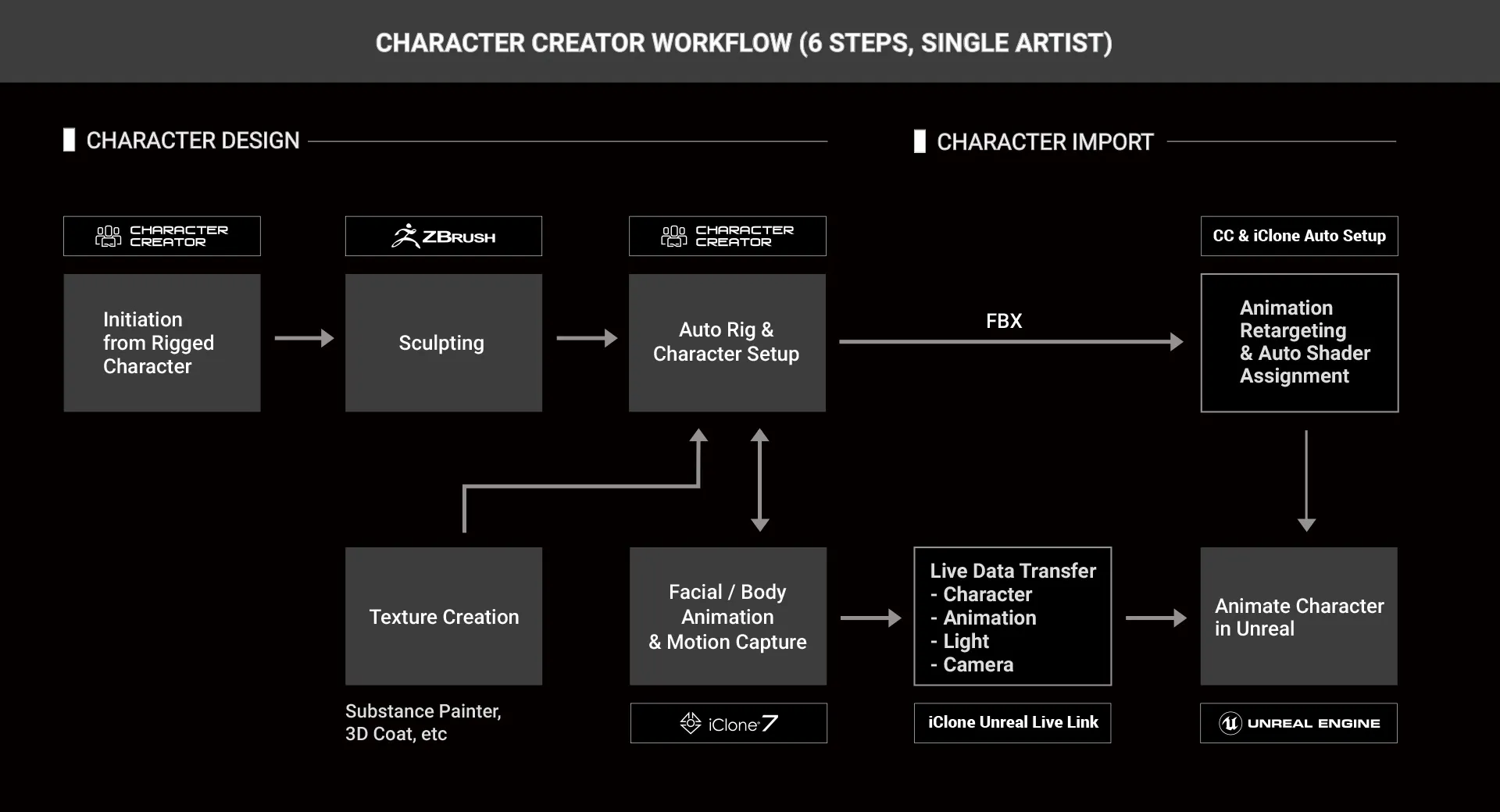
The Character Creator Workflow with Master Character Creator, Hossein Diba
To prove its effectiveness, Reallusion worked with Hossein Diba, the top character artist best known for his unbelievable likeness character sculpts, to create a 3D sculpt of Javier Bardem.
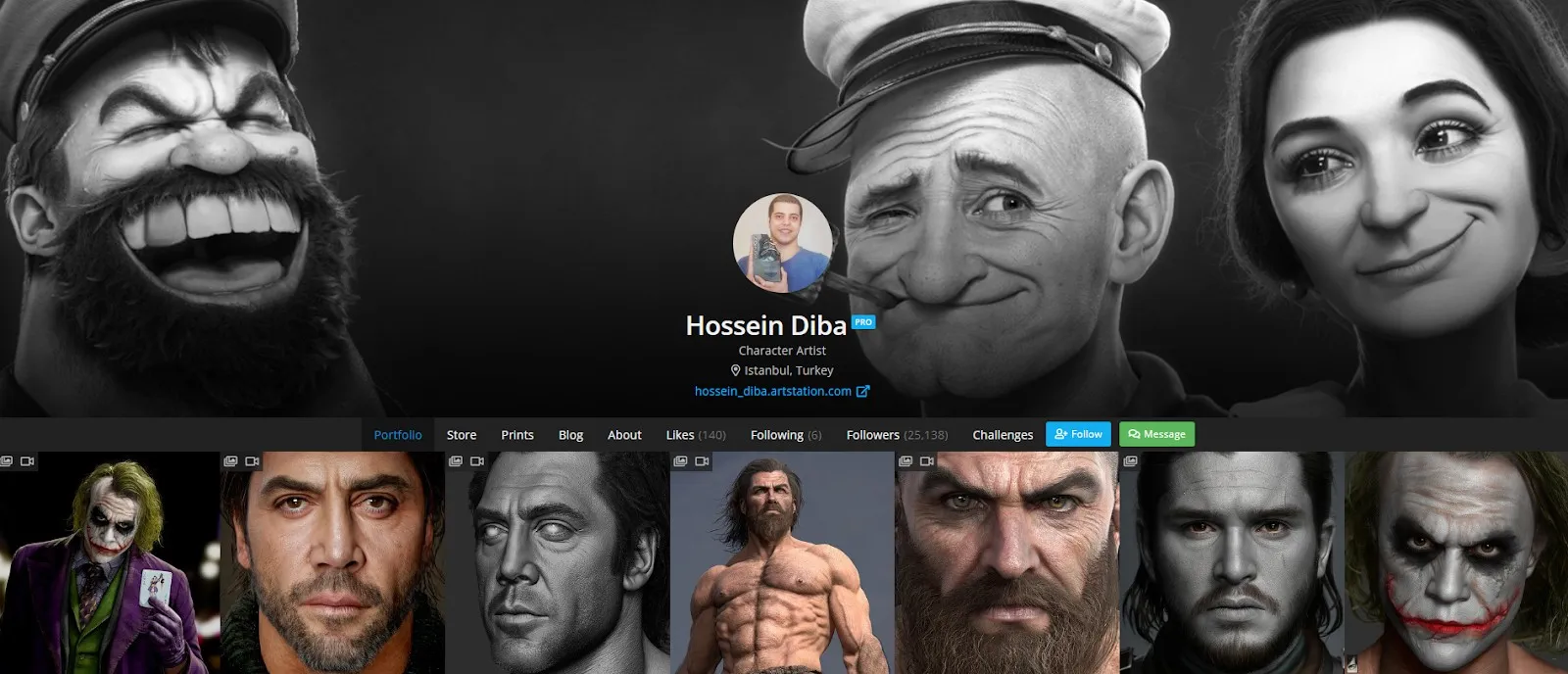
It took Hossein 3 weeks to create a stunning character sculpt and textures. During the project, Reallusion incorporated the newly introduced Digital Human Shader to present its photorealistic quality. A new facial hair system was included which allows beard conforming and animates with facial expressions. Finally, Reallusion utilized the iClone Unreal Live Link to live perform the Javier character. All this completed within 4 weeks.
The synergy of collaboration between Hossein’s amazing talents and Reallusion’s Digital Human solutions including Character Creator, iClone, and iClone Unreal Live Link is a real-time character pipeline in the hand of one of the best today. Let’s see how it works.
Character Creator as a Prototype Generator
To start with the project, Hossein built a character prototype with basic shape from the Character Creator, subdivide, and further sculpt in ZBrush.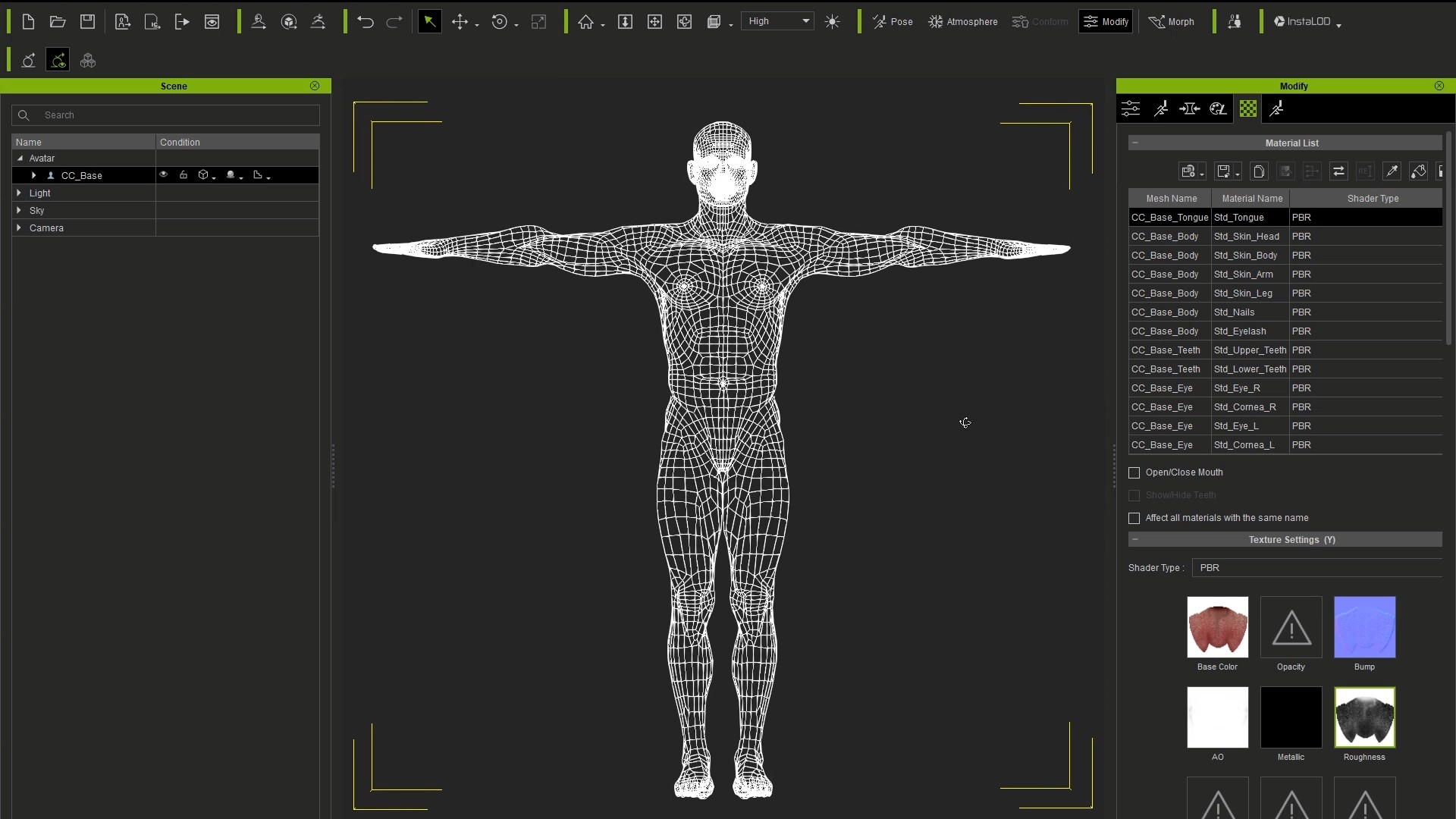
Intuitive GoZ Round-trip Editing with ZBrush
With the basic prototype, Hossein sent the character base to ZBrush via GoZ, and followed the same process ZBrush artists comfortable with ZBrush to sculpt details and create assets.
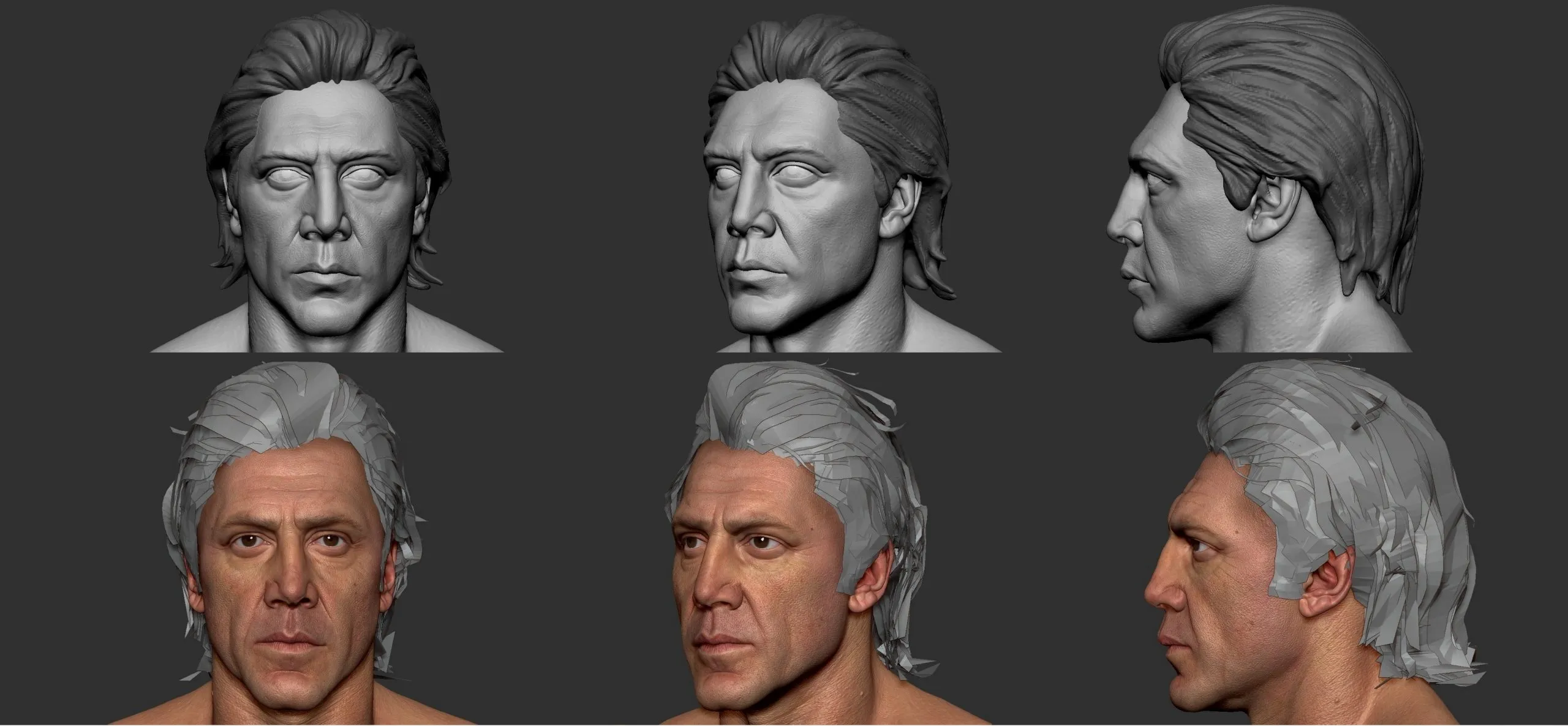
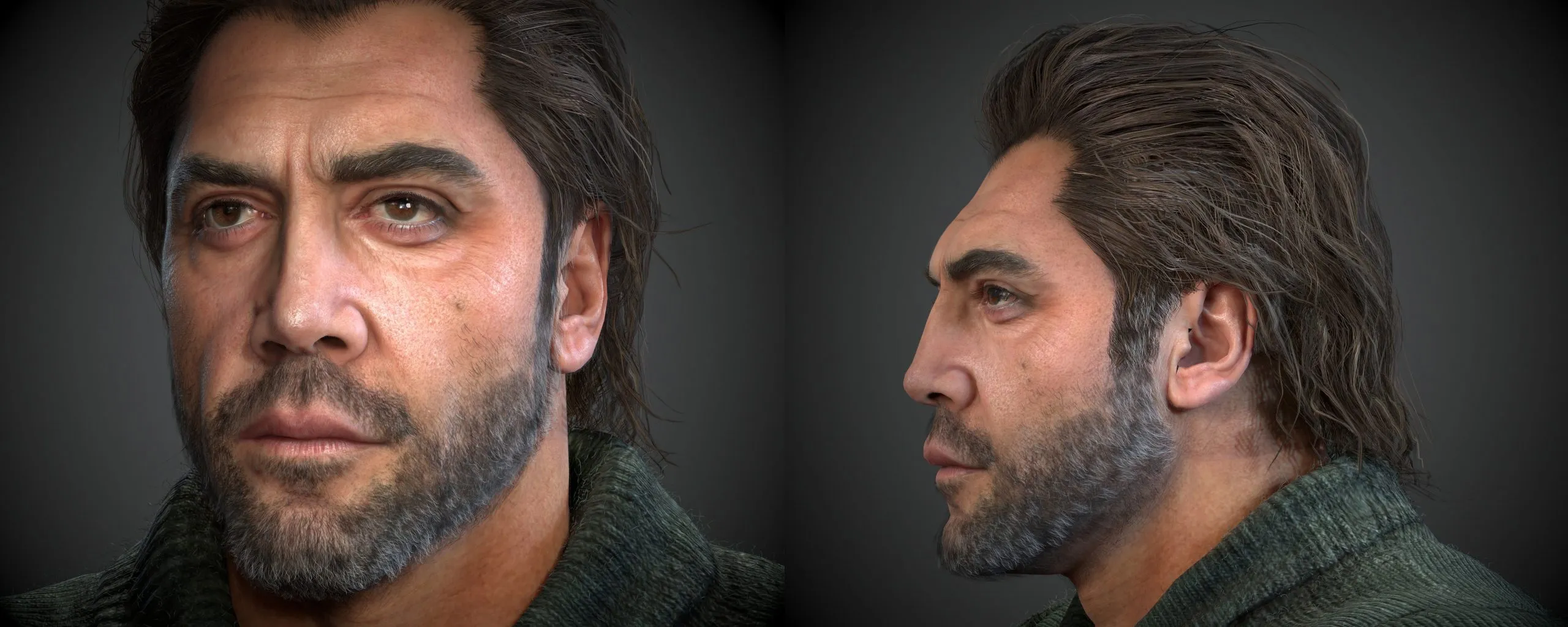
Automatically Rig the ZBrush Sculpted Characters
Import the sculpted character back to Character Creator via GoZ, and the character bone will be automatically adjusted to fit its morph shape. You can apply facial expressions and poses from the library, or utilize the Facial Editor and Pose Editor to check how the character performs.
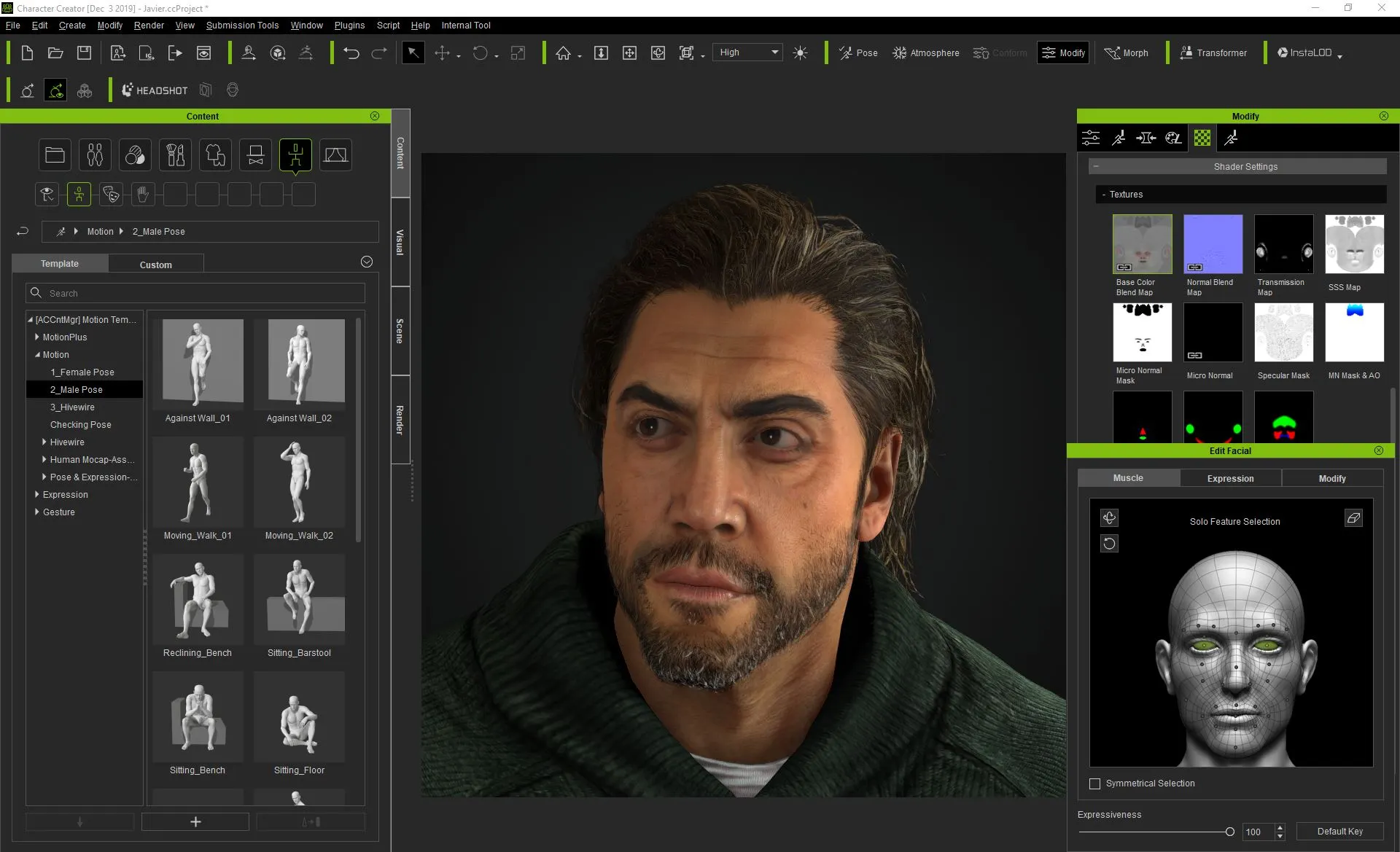
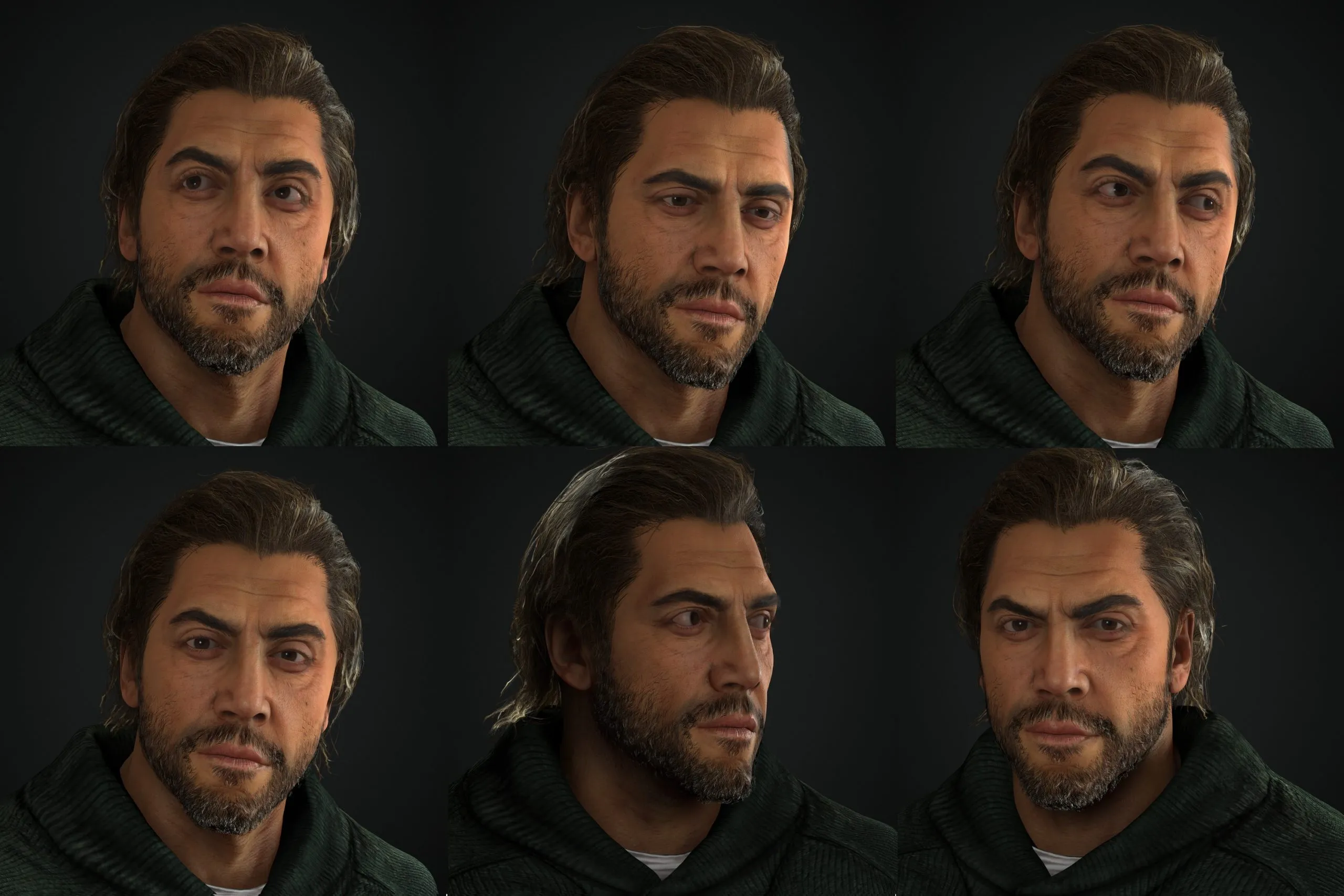
Automatically Assign the Digital Human Shader, which Keeps the Realism in Real-time Engines
Character Creator adapts the Digital Human Shader to the real-time engine. Subsurface Scattering (SSS) is one of the keys to make characters look fabulous, and Micro Normal can present the best visuals on characters when zooming in and out. Besides human skin, teeth, tongue, eyes, and hair will look much better after applying the new shader.
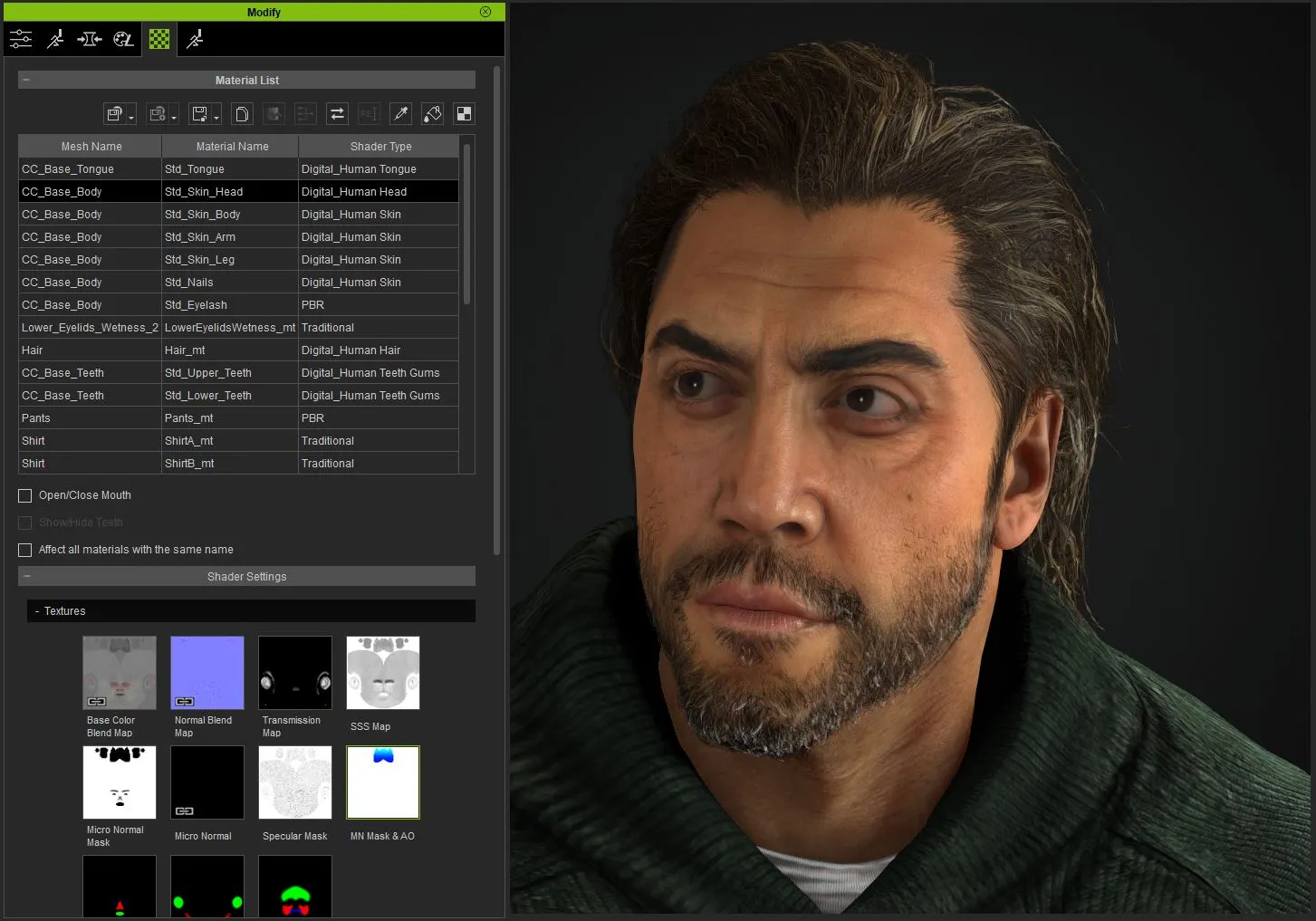
This Fully-rigged Character Can Be Animated, and Further Optimized for Unreal Engine 4
Character Creator supports customized FBX profiles for exporting to 3D engines including Unreal Engine. Thanks to its full compatibility to the animation software iClone, characters can be applied with tons of motion libraries, and body animation can be edited with timeline motion layer editing.
The Motion LIVE plug-in of iClone supports several motion capture gear such as iPhone and Xsens. Capture body motion and facial expression for characters, and link to Unreal Engines simultaneously with Unreal Live Link Plug-in.
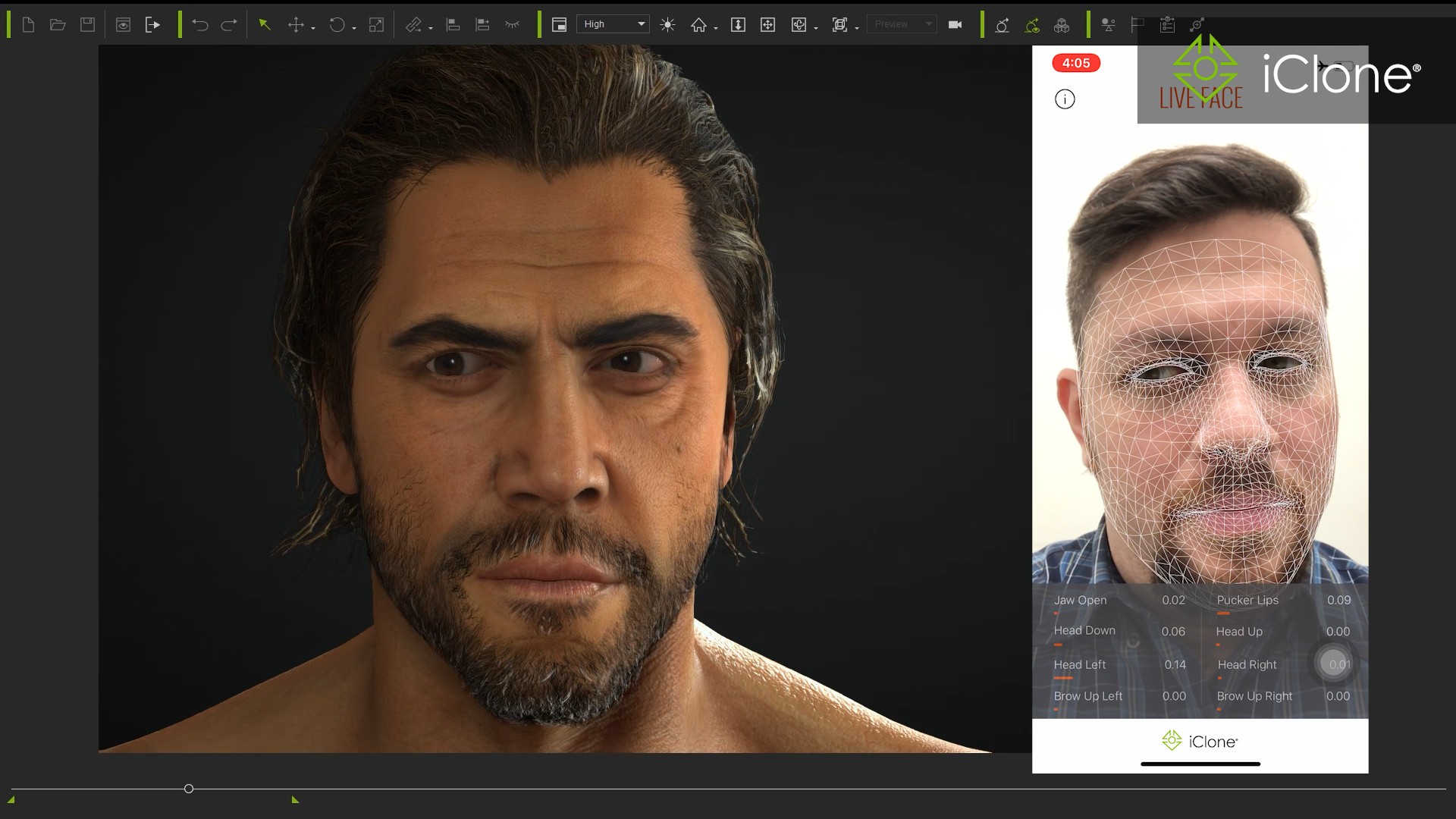
The iClone Unreal Live Link plug-in was initially designed for large studios to streamline production by removing monotonous import/export procedures and focusing on content iteration. By connecting iClone’s character pipeline with Unreal Engine’s cinematic tools, Reallusion provided a much more efficient process that significantly accelerated workflows everywhere.
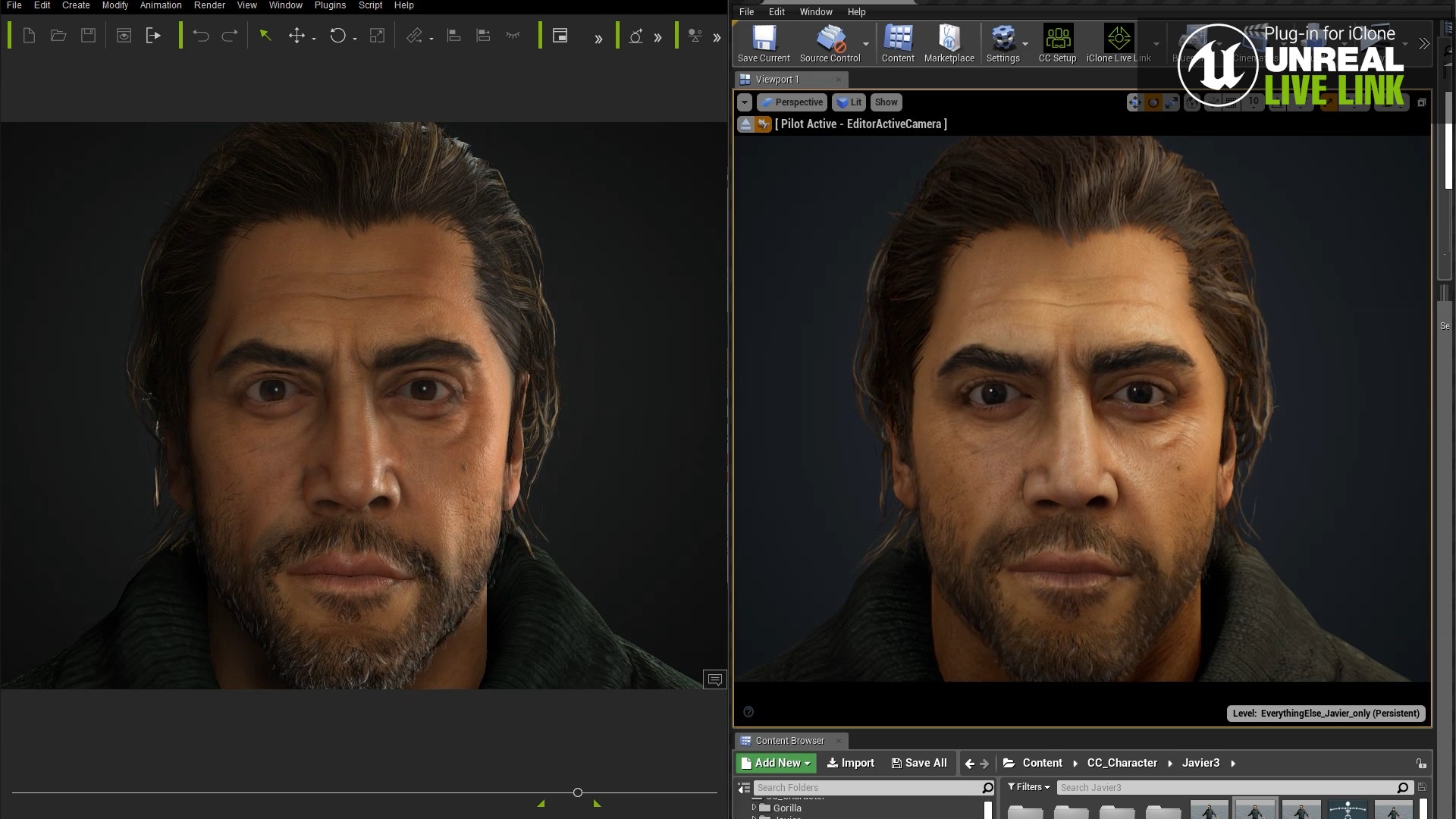
To further empower the entire 3D community, Reallusion recently announced that the iClone Unreal Live Link Plug-in is free for indie studios and creators to enjoy this powerful connection tool and create like a pro studio! Get it here.

















